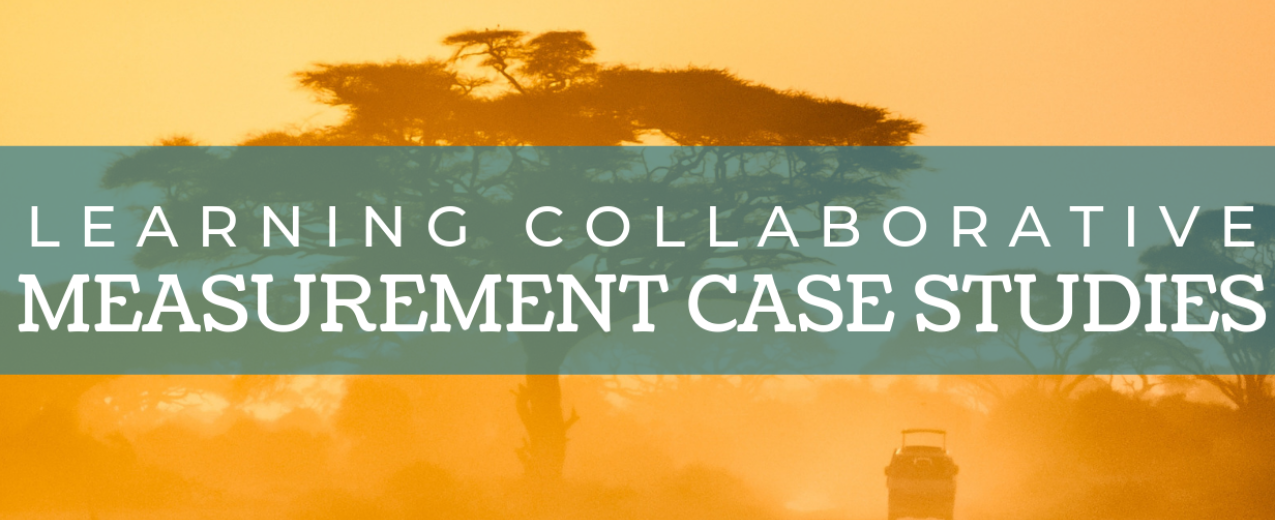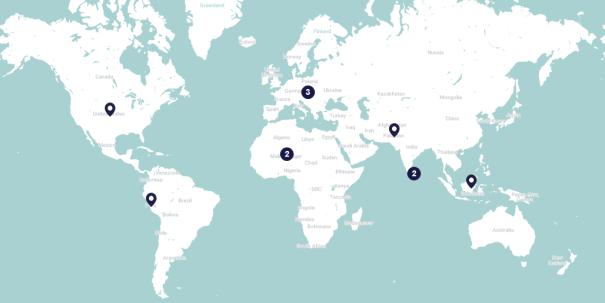
- Project summary
- 4 January 2021
Tracing Change in Female Genital Mutilation/ Cutting: Shifting Norms and Practices among Communities in Narok and Kisii Counties, Kenya
- Author: Rebecca Justus
- Published by: Social Norms Learning Collaborative
Organizations involved
Population Council
Summary
There have been numerous efforts, at the policy and program levels, aimed at ending the female genital mutilation/cutting (FGM/C) of women and girls in Kenya. The combined effects of such efforts have, however, yielded mixed outcomes, with the near elimination of FGM/C in certain ethnic groups (i.e. Meru, Kikuyu, and Kalenjin), and resistance in other ethnic groups (i.e. Maasai, Kisii, and Somalis). The main objective of this study, which was published in 2018, was to assess what changes in FGM/C norms and practices have occurred in Narok and Kisii counties, and to identify factors motivating these changes.
Social norms of interest
Female genital mutilation/cutting (FGM/C)
Behaviors of interest
Intimate partner violence
Project components
The study design was cross-sectional using qualitative methods. Data gathering activities included in-depth interviews with community gatekeepers, healthcare workers, government officials, program implementers, parents/guardians, girls living in the community, and girls living in rescue centres. Focus group discussions were conducted with younger and older community members. The study also mapped ongoing strategies aimed at addressing FGM/C in each county and observed the implementation of intervention events by community programs in the study sites.
Social norms measurement
Qualitative data collection explored social sanctions related to FGM/C and perceptions of expectations that families perform or abandon FGM/C. During the observation exercises, it was noted how programs established social networks to spearhead community-wide abandonment of FGM/C, whether there were any sustainability measures put in place to ensure community ownership of the process, and whether there were opportunities for reflections from participants concerning the implementation of the program.
Key findings to date
Changes in norms and practices that promoted the continuation of FGM/C included shifts from FGM/C being practiced as a community event with public celebrations to events organized by individual families and conducted in secrecy; the use of health professionals to perform FGM/C; performing less severe forms of FGM/C; and cutting girls at a younger age. There were stark differences in how communities in Narok and Kisii associated FGM/C with “respect" (respect in this context refers to being passive, obedient, unquestioning, and subservient). In Narok, the public perception was that cutting makes girls disrespectful of their seniors while in Kisii, a cut girl was respected and considered respectful of others - pointing to the possibility that FGM/C is apparently more valued in Kisii than in Narok. Some of the challenges that change efforts encounter in their fight against FGM/C included: culture/tradition, beliefs that FGM/C controls a woman’s sexual desire and therefore promotes fidelity in marriage, social sanctions against the uncut, and the practice of supposedly less severe forms of FGM/C on younger girls by health professionals in secret. Data from Narok and Kisii showed that the negative effects of FGM/C in relation to sexuality could have prompted a shift in norms where men are now preferring uncut girls or marrying women from ethnic groups that do not practice FGM/C with the hope of sexual satisfaction in marriage.
Attribution statement
Matanda, D., Okondo, C., Kabiru, C. W., and Shell-Duncan, B. (2018) Tracing Change in Female Genital Mutilation/Cutting: Shifting Norms and Practices among Communities in Narok and Kisii Counties, Kenya. Evidence to End FGM/C: Research to Help Girls and Women Thrive. New York: Population Council.

Back to the "Map of social norms-focused interventions and research"
- Countries / Regions:
- Kenya
- Data collection methods:
- Focus group, Interview